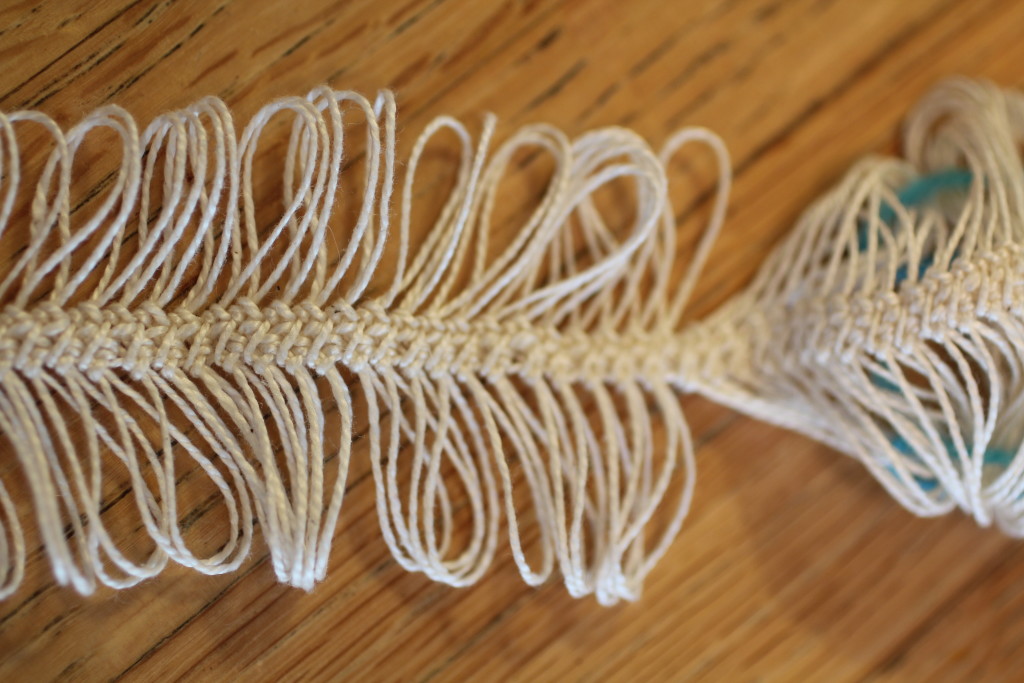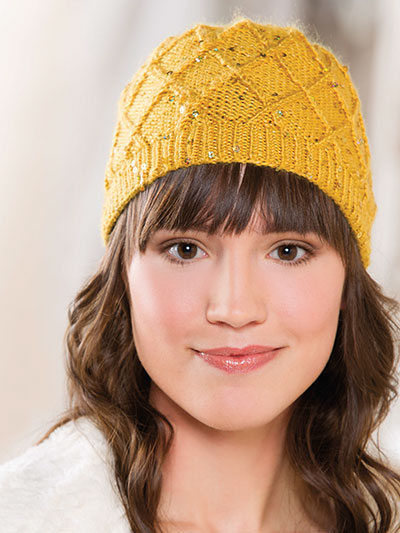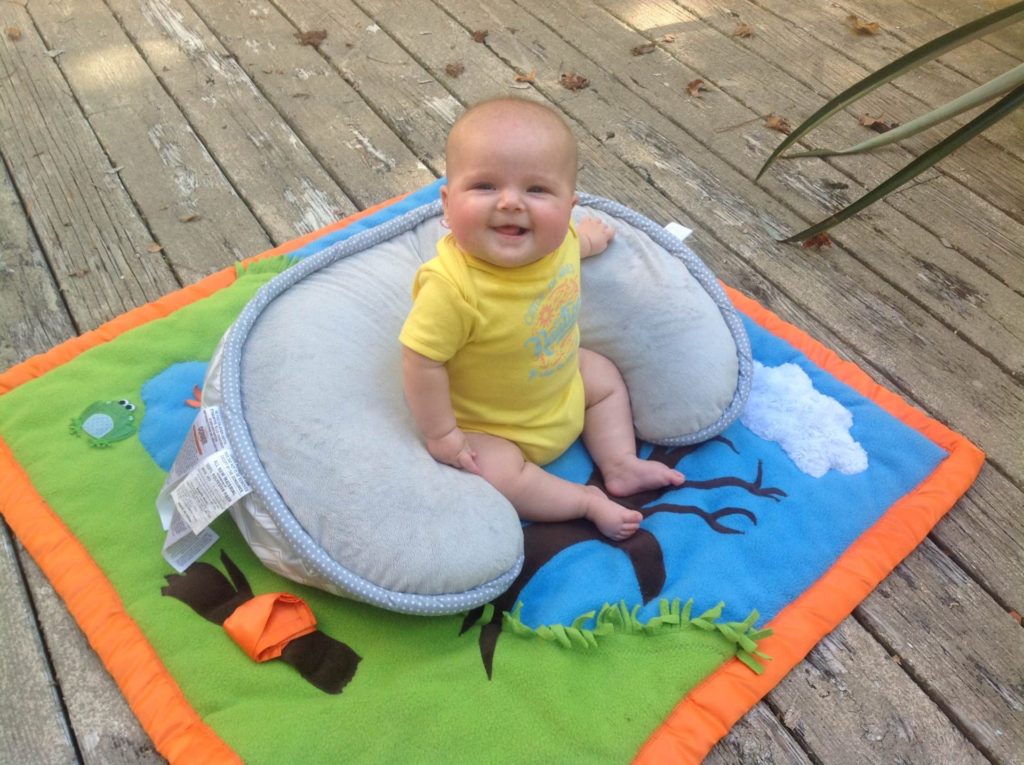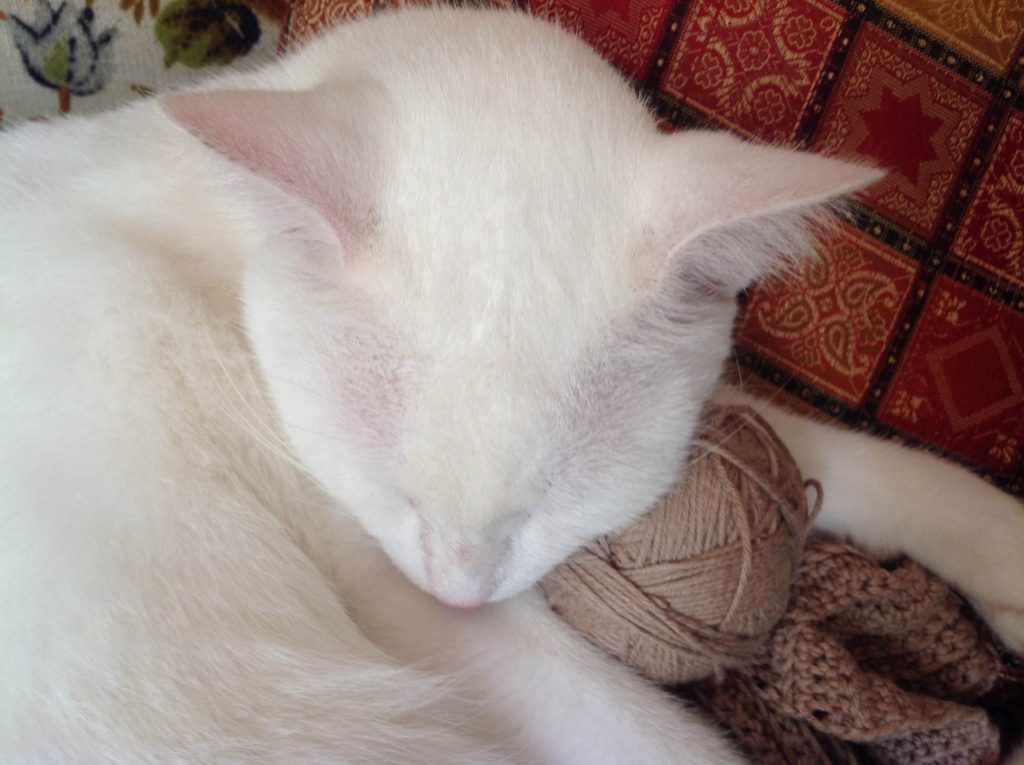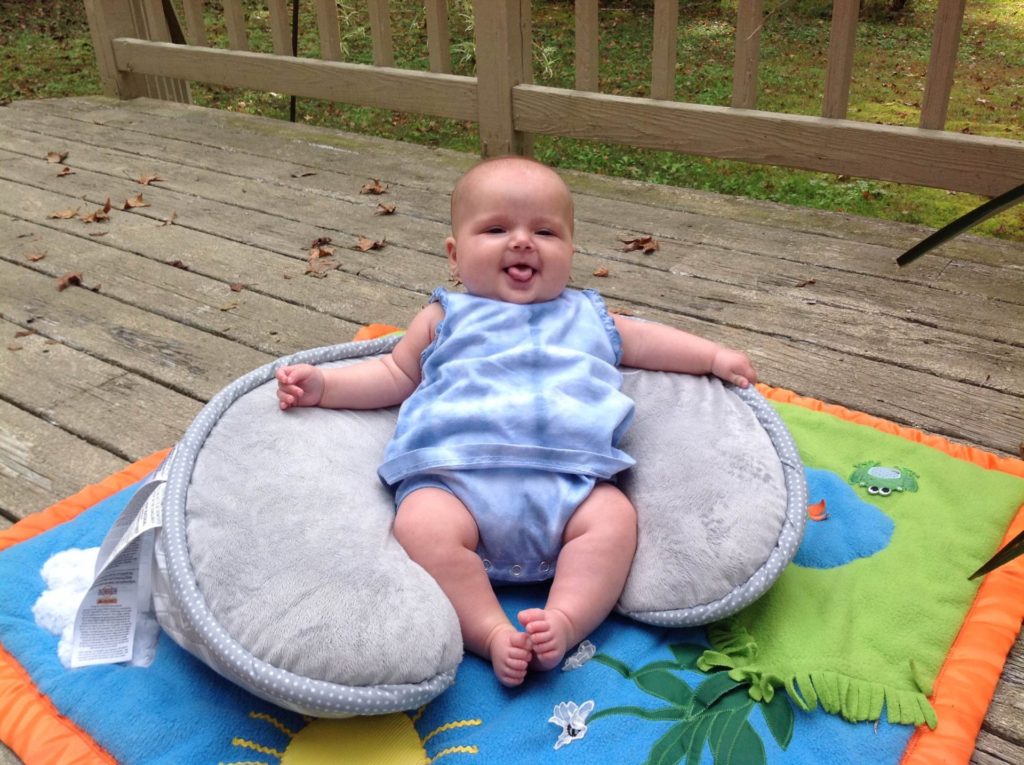Due to Mr. Turtle’s Extended Deployments in Fall 2022 and Spring 2023, Tinking Turtle will be halting Repair and Finishing submissions.
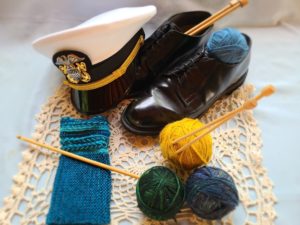 What does this mean if I already have a piece with you?
What does this mean if I already have a piece with you?
- If you have already mailed a piece to me or I have issued you a codeword and you have submitted your Customer Intake form and plan to put your piece in the mail promptly, your return date for your piece will not be affected.
- If you have been issued a codeword and have not submitted your Customer Intake form, please check in with me to ensure you can get your piece to me in a timely manner.
- This announcement only affects outstanding estimates or new inquiries for repair or finishing services.
I’d still like to have you work on a piece for me!
Great! I’d love to work with you! We are currently booked out through the holidays, and I’m unsure of what my bandwidth will look like with both our children in school and Mr. Turtle being gone. Instead of accepting any more repair submissions and booking myself out through the summer of next year, we will be creating a waitlist like we did both times I went on maternity leave. I’m also working to arrange to have a few other businesses to point clients toward for more time-sensitive needs.
I’d like to know more about how you came to the decision to do this with your business.
Great! I’d like to explain to you more! Please read below the cut.

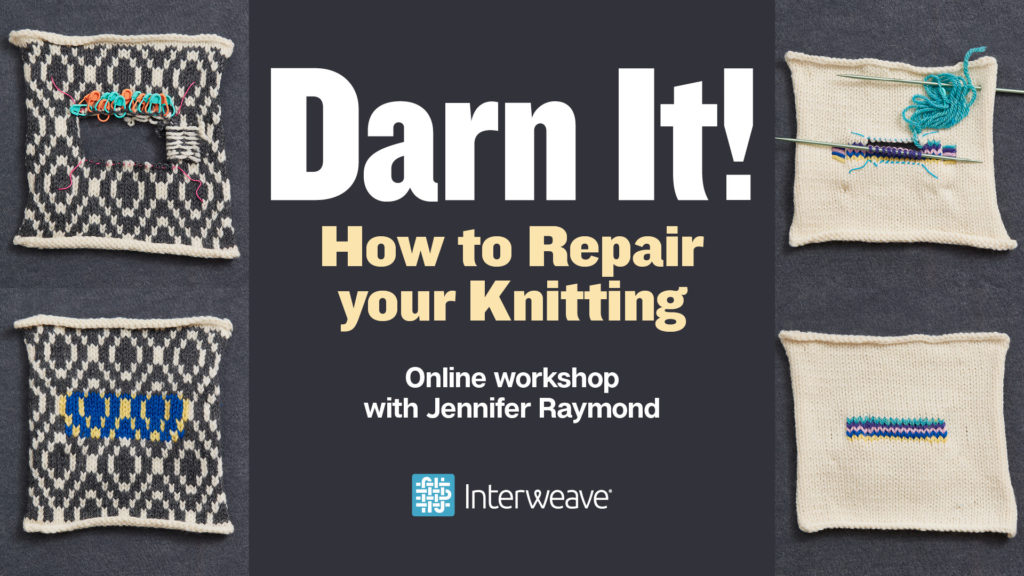
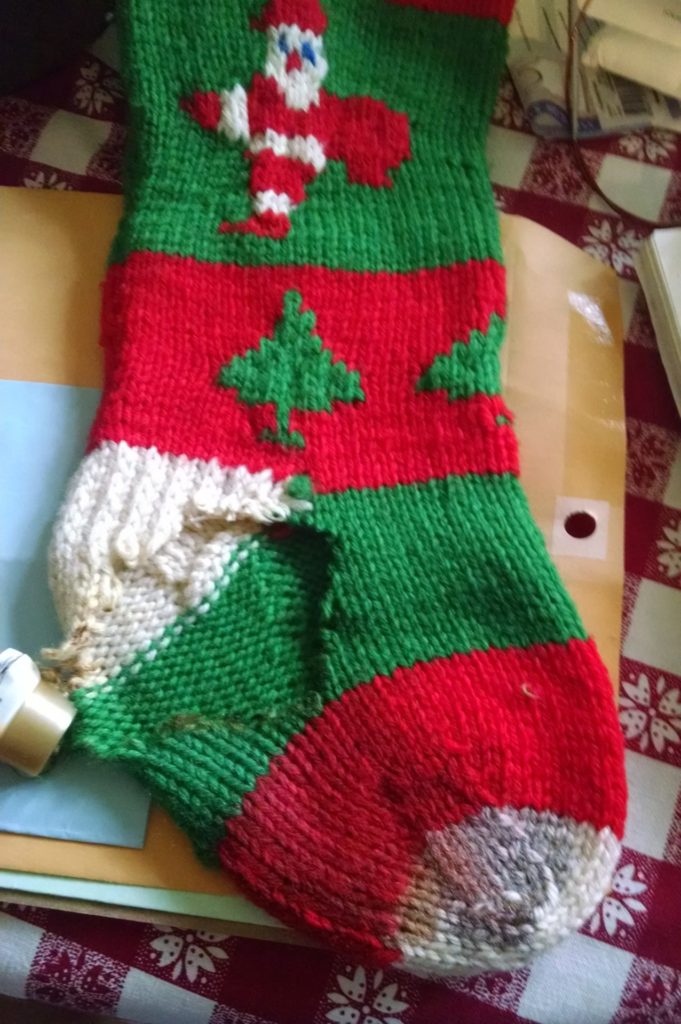
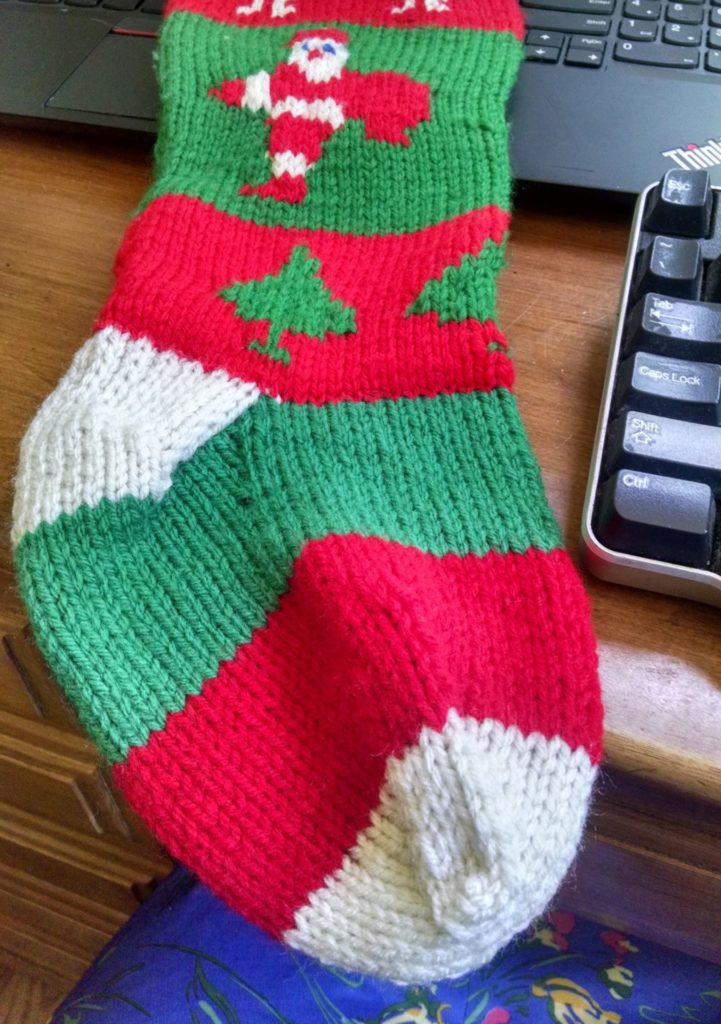
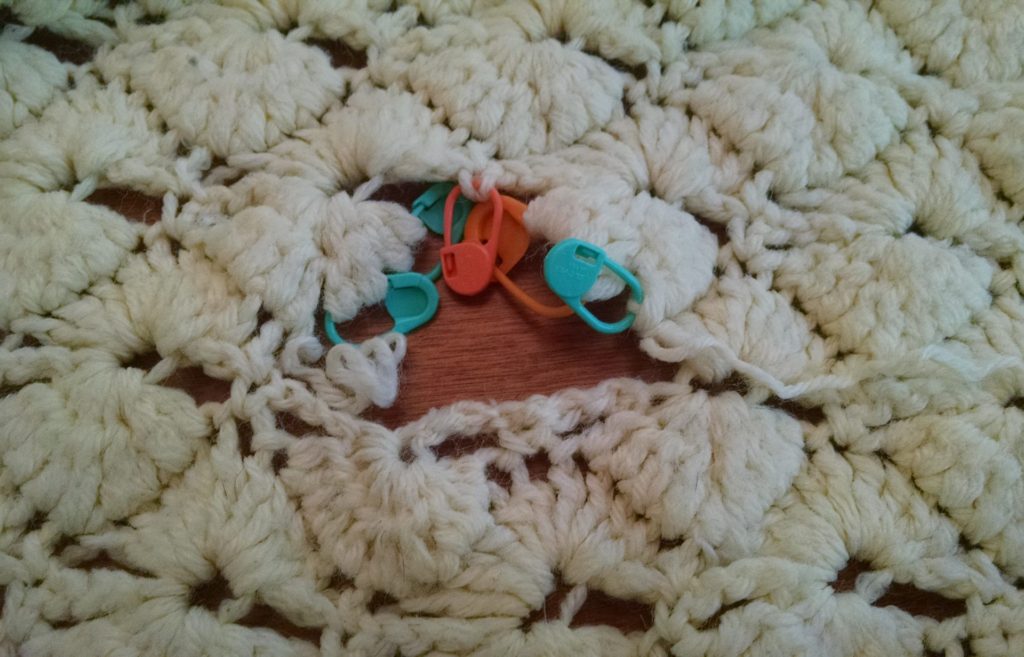
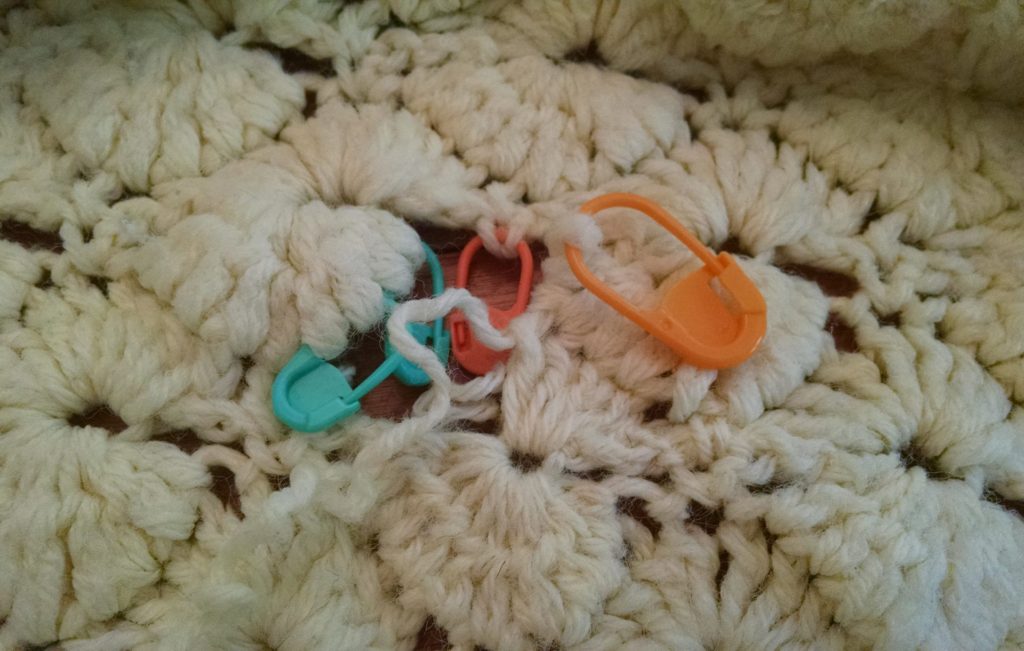
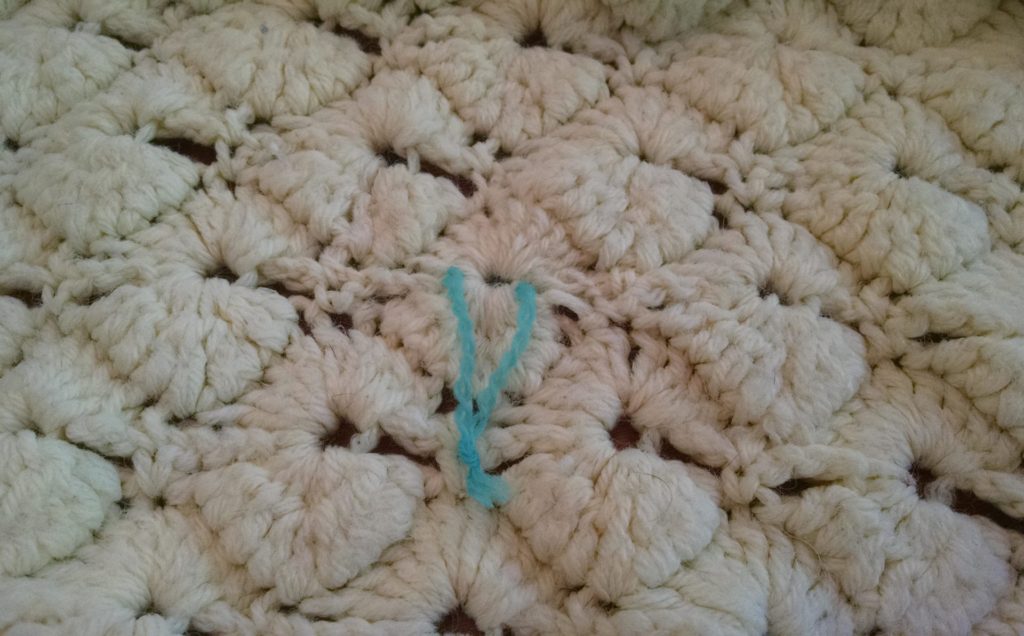
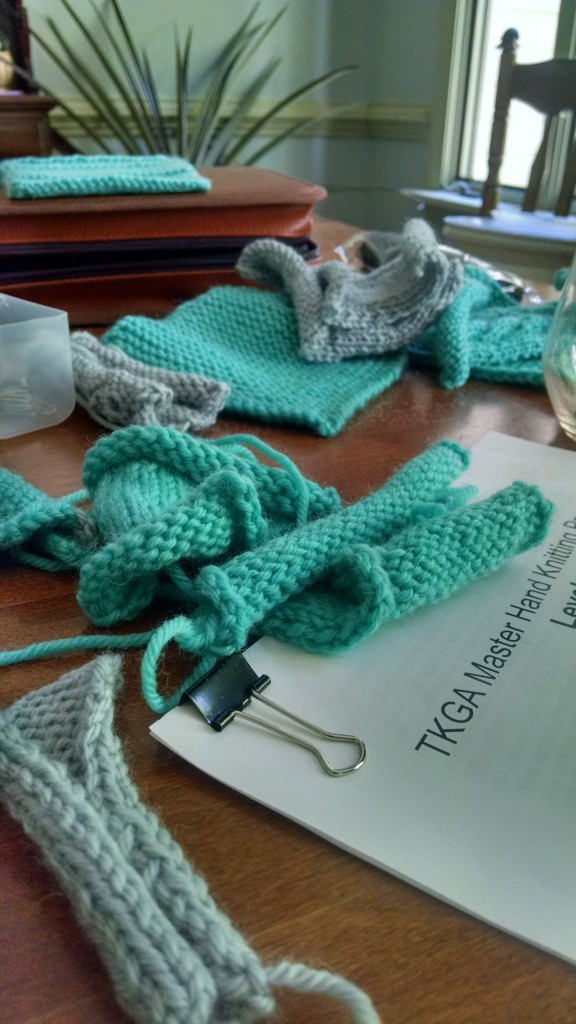
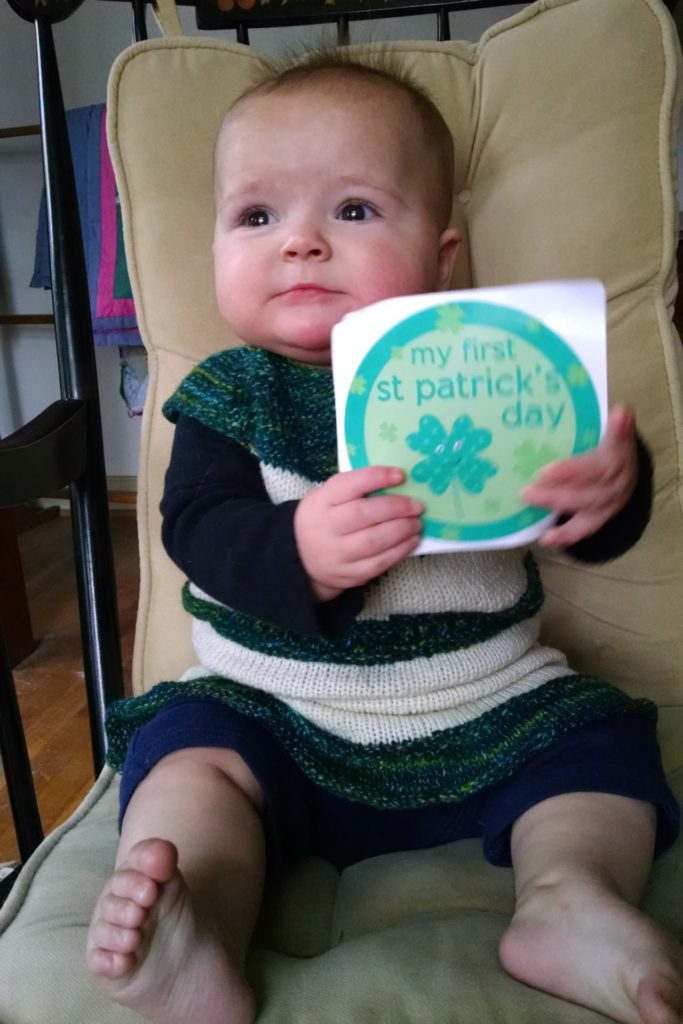
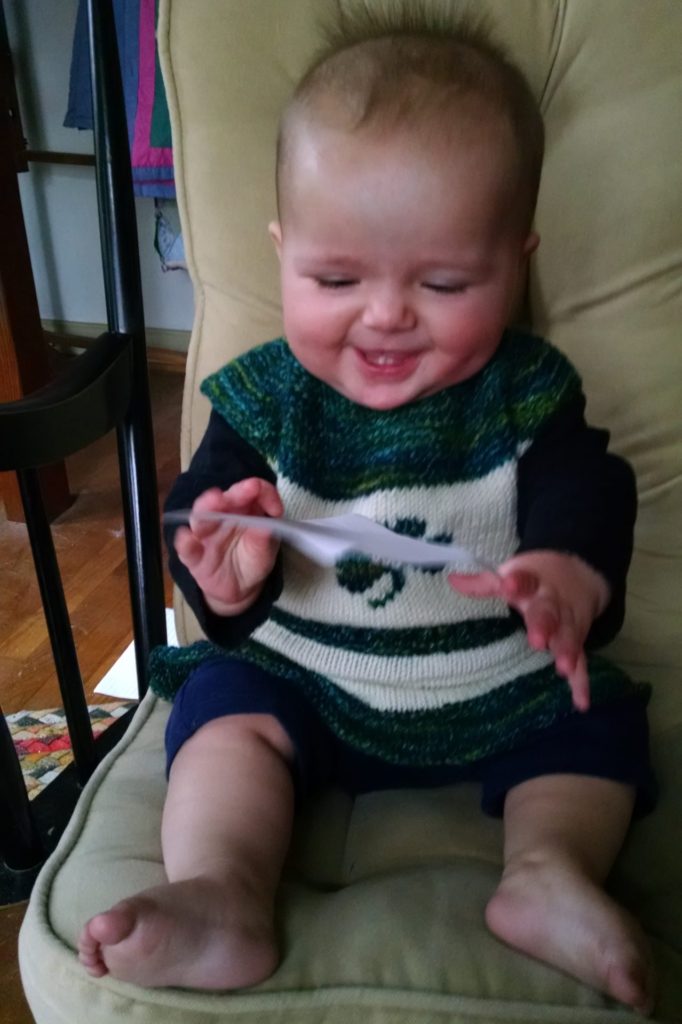
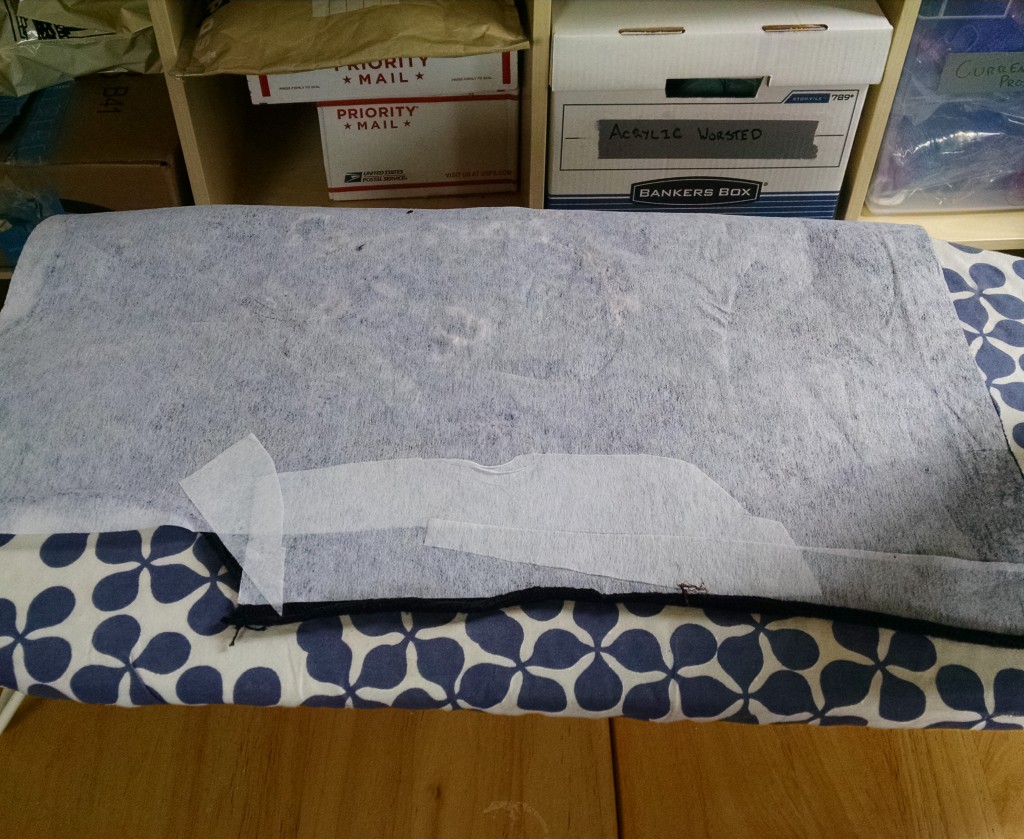
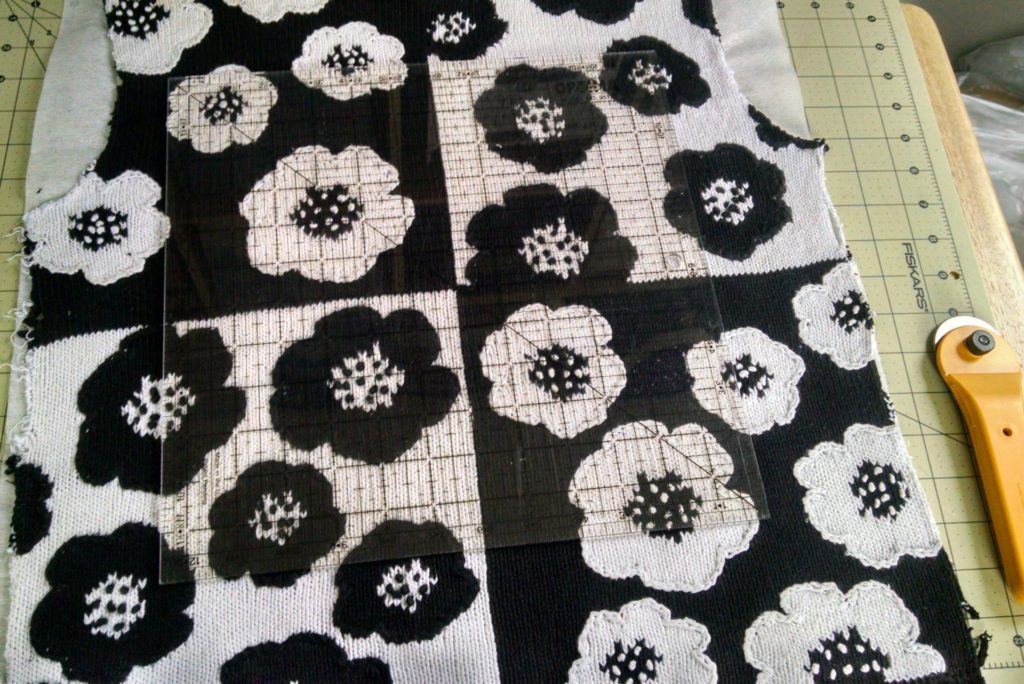
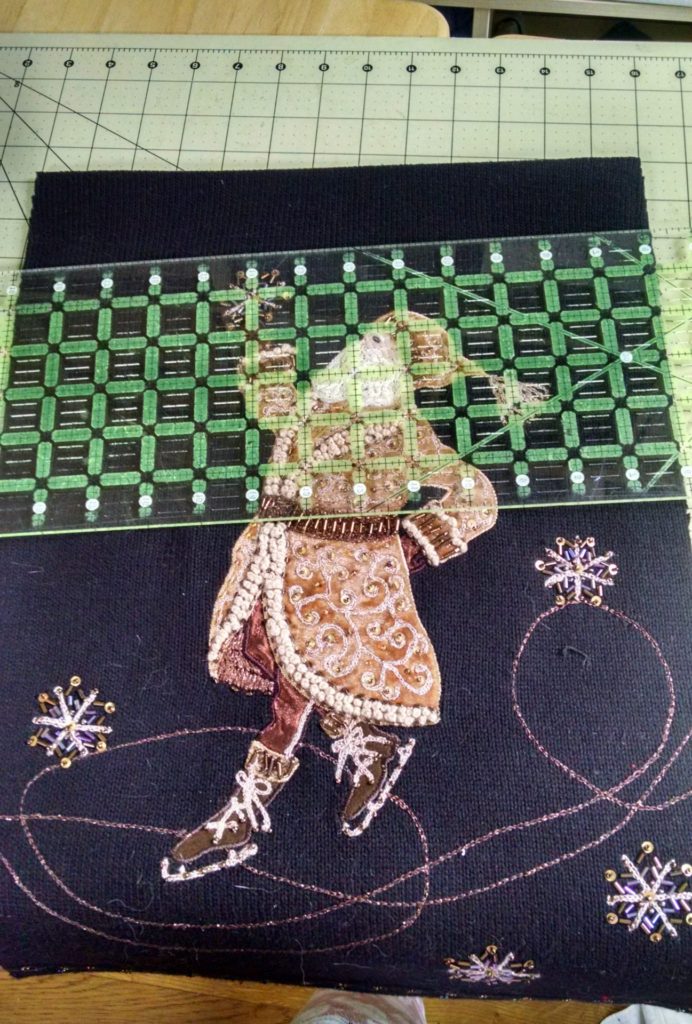
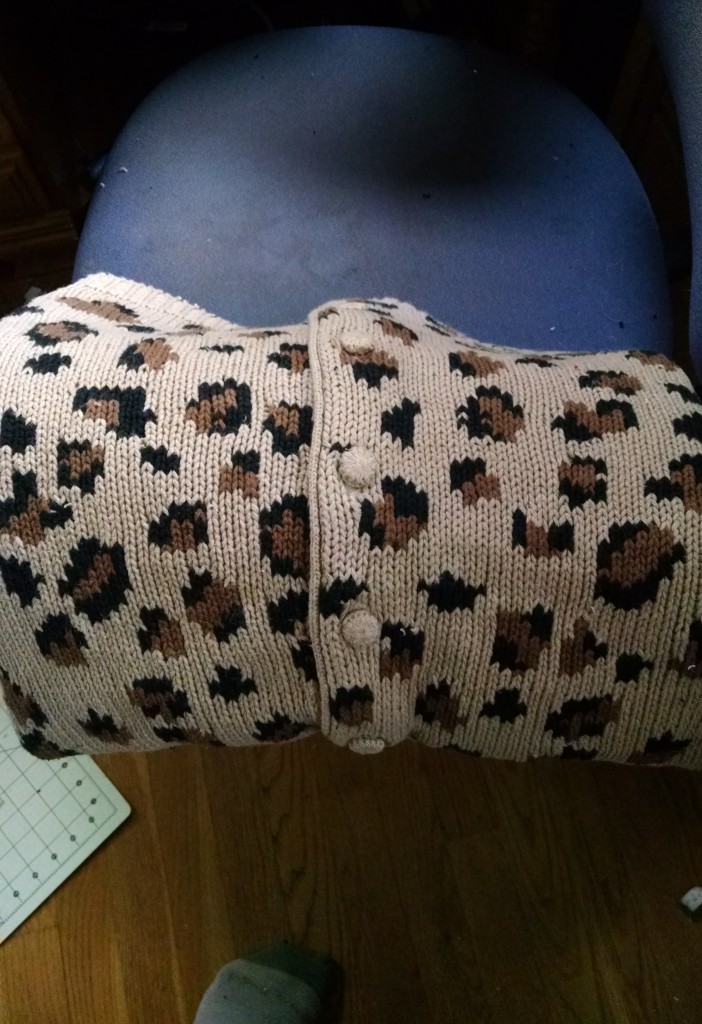
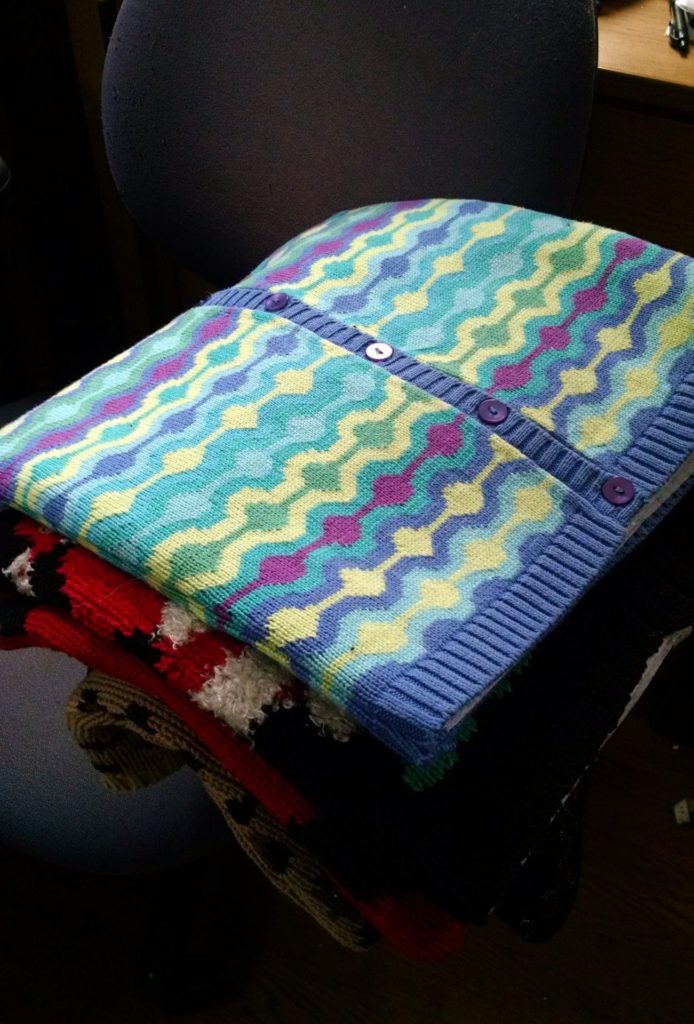
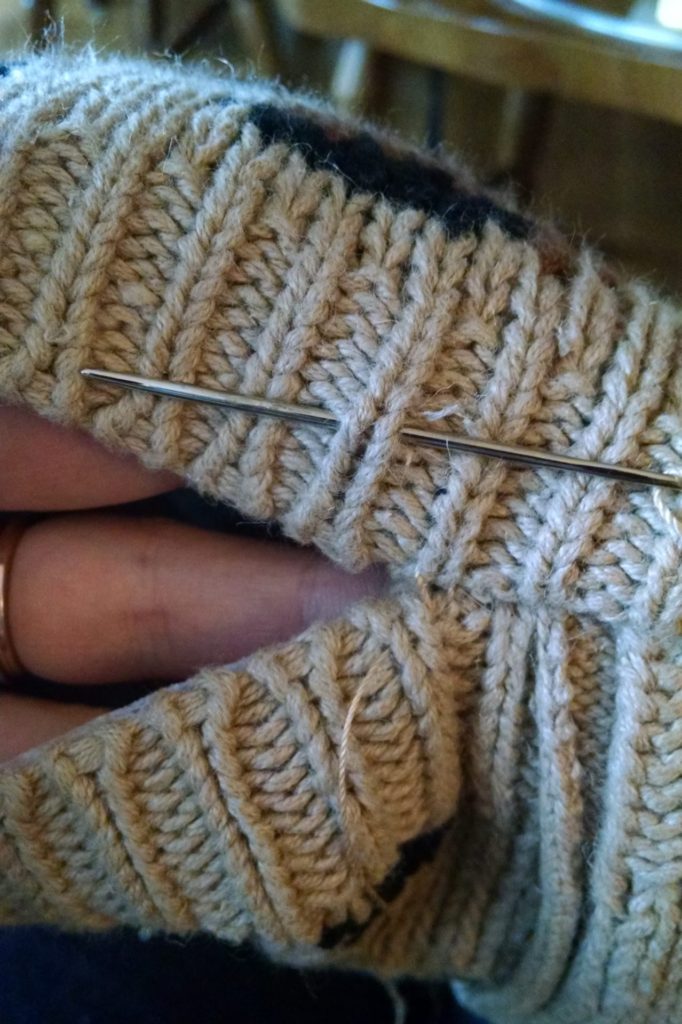
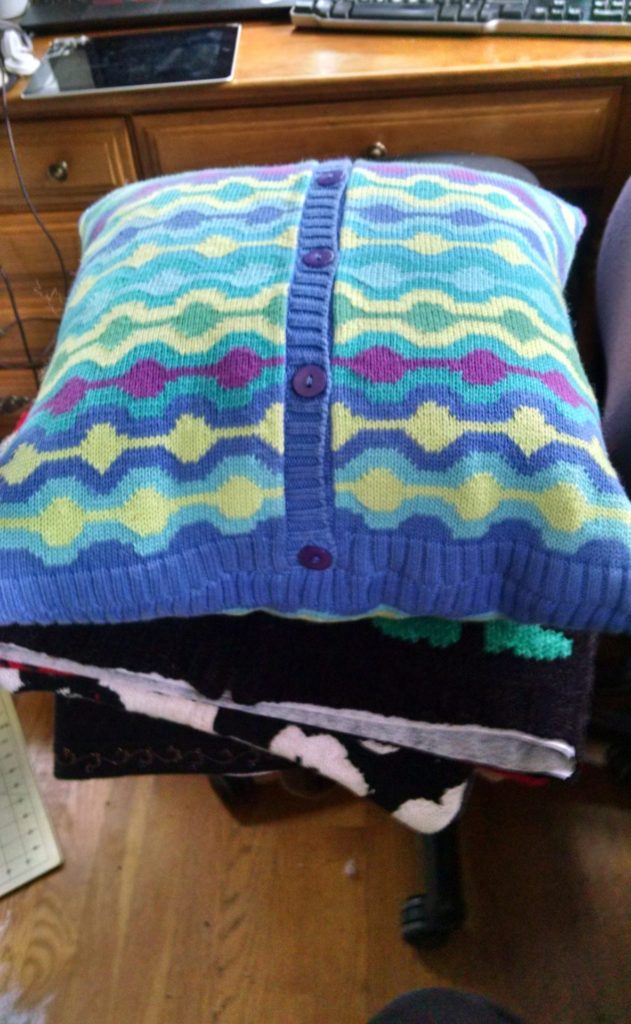
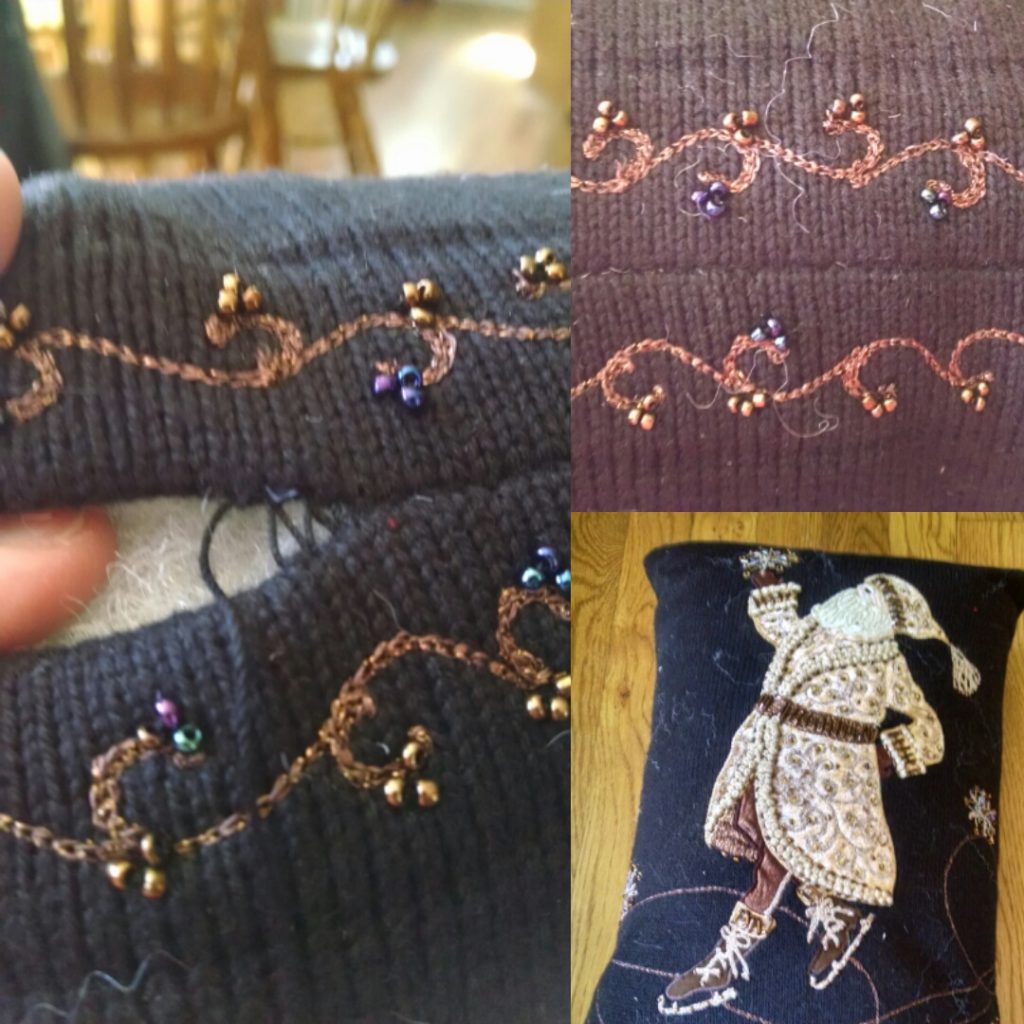
![IMG_20170128_195444[1]](http://www.tinkingturtle.com/wp-content/uploads/2017/01/IMG_20170128_1954441-768x1024.jpg)
![IMG_20170130_094404459[1]](http://www.tinkingturtle.com/wp-content/uploads/2017/01/IMG_20170130_0944044591-576x1024.jpg)
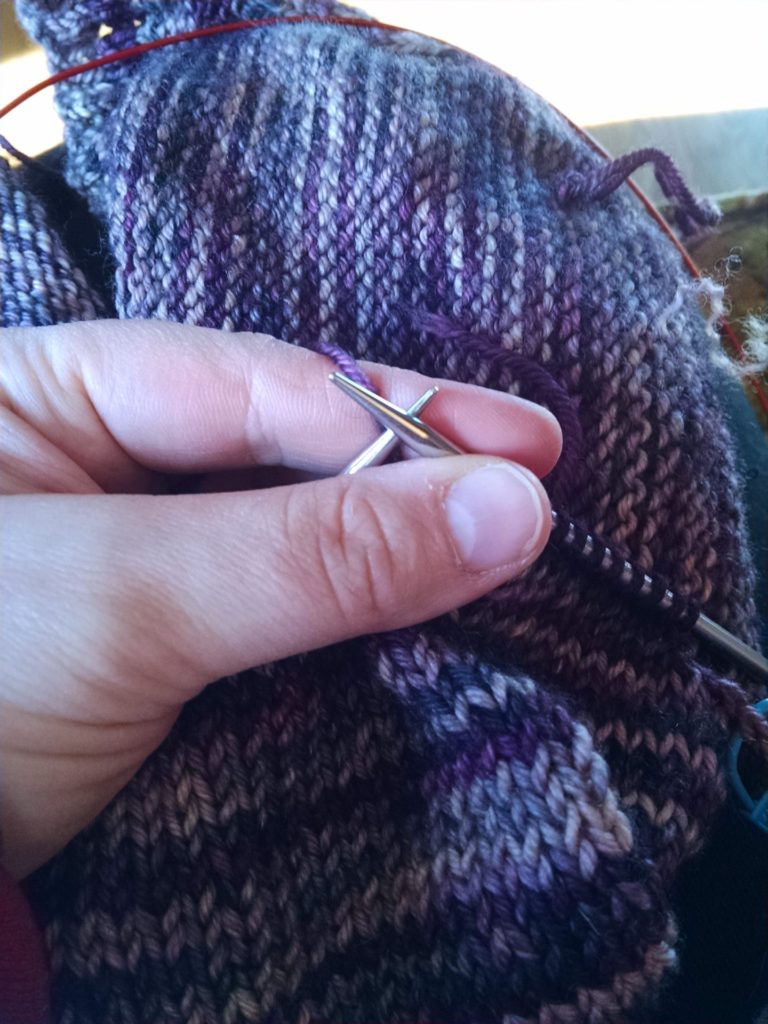
![IMG_20170127_153327961[1]](http://www.tinkingturtle.com/wp-content/uploads/2017/01/IMG_20170127_1533279611-576x1024.jpg)
